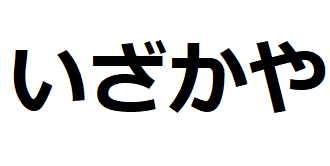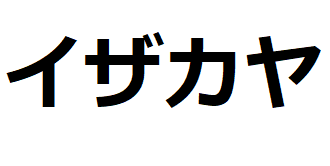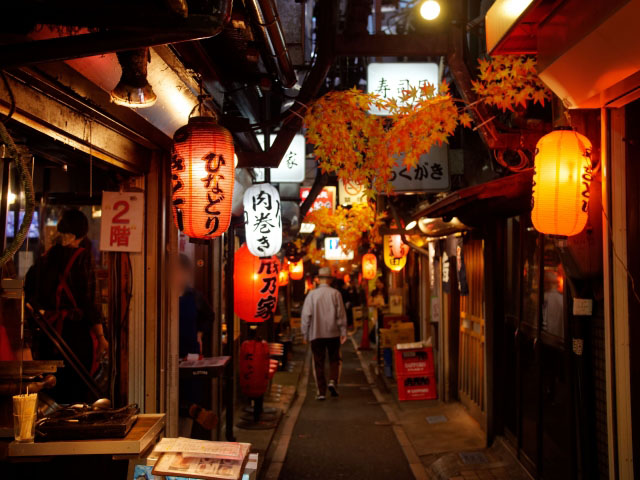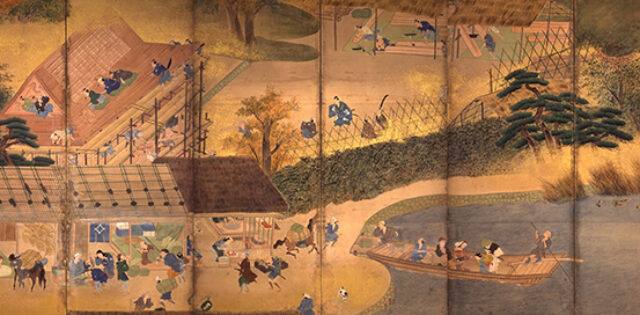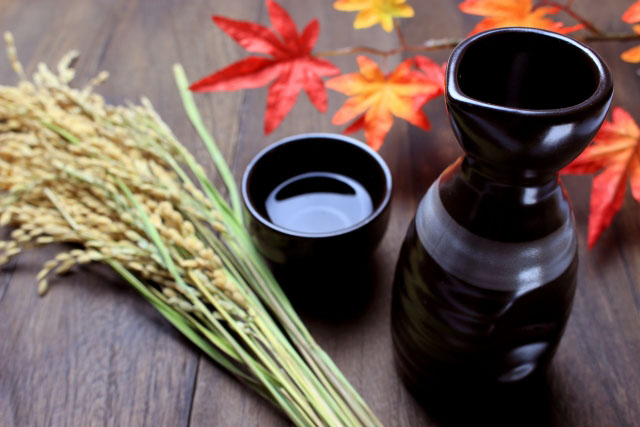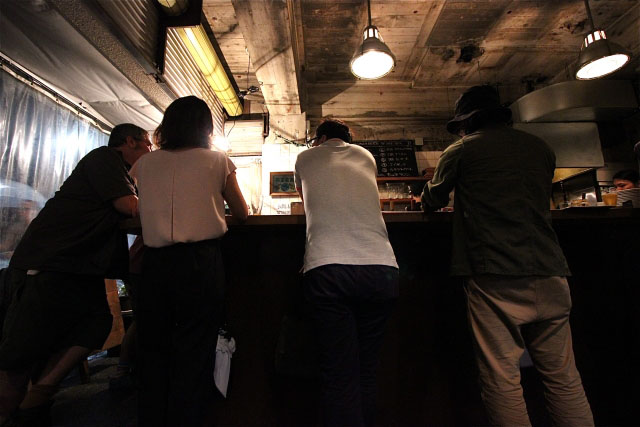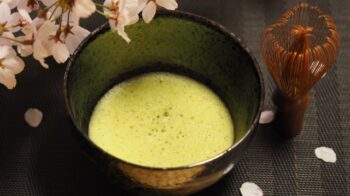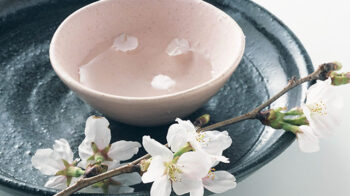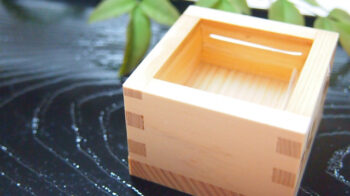Izakaya
Welcome to the world of Izakaya.
Izakaya is a casual place where you can eat, drink and stay long.
If you don’t have enough money but still want to eat and drink to your heart content,
let’s go to Japanese Izakaya.
Below is the contents of this page.
1. History of Izakaya
According to the most supported story, Izakaya was born in Edo (today’s Tokyo) in the 17th century.
Originally, they were Sake shops (Sake-ya) which offered a place to stay and drink.
Gradually, they began to sell meals together with Sake.
But why was Edo the birthplace of Izakaya?
To answer this question, we have to understand the political and social systems under the Tokugawa shogunate.
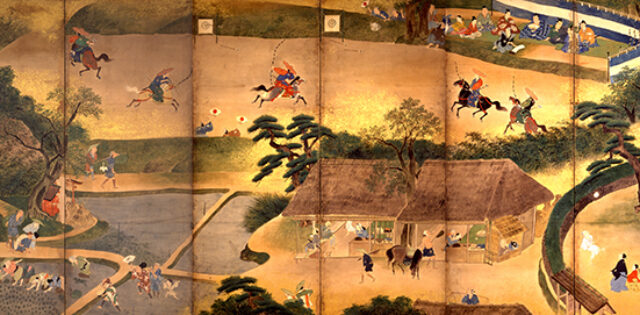
1) Samurais
Under the Edo regime, feudal lords of each region were obliged to stay in Edo every two years.
Generally, their stay in Edo lasted for about a year.
Of course, feudal lords didn’t stay alone. They accompanied many vassals, that is Samurai.
Different from the feudal lords who had their own wives in Edo (their wives lived in Edo as a kind of hostages for the Shogunate), most of the vassals had to stay alone without family during their stay in Edo.
As is usual with Japanese men (in those days), they did not cook for themselves and therefore they had to find places to eat and drink.
2) Commoners
On the other hand, Edo attracted men in the provinces who had no fields to inherit.
Because as a newly constructed capital, Edo offered them a lot of work.
However, many of them had to remain single for a long time. Because the ratio of women was quite low (less than 40%).
Consequently, as well as Samurais, they had to find places to eat and drink.
– Business chance
Who can miss such a big business chance?
In such a situation, some Sake shops began to offer simple meal with Sake and this style became very popular.
This is the beginning of Izakaya.
Not only commoners, but also Samurais were eager to be there.
Because at Izakaya, they could neglect all the formalities which Samurai had to respect in official drinkings.
The fact that they can eat and drink at moderate prices was also attractive for samurai who did not have enough pocket money, as well as today’s office workers (salary man).
2. Today’s Izakaya
Izakaya
Actually, Iakaya occupies an indispensable part of office workers’ life.
Together with both alcoholic and non-alcoholic drinks, they offer a variety of foods such as Sashimi, grilled fish, Oden, Karaage, Tofu.
Not only Japanese foods. They also offer foreign dishes.
But be careful of what you order.
Because some foreign dishes are too integrated and adapted to Japanese taste.
In any case, Izakaya is a not-to-be-missed place in Japan.
Tachi-nomi-ya
As well as Izakaya, a bar called tachi-nomi-ya is very popular in Japan.
It’s a “stand bar” in both name and reality.
Although we have to stay standing to drink there, it is popular for its low price and open atmosphere.
All-500-yen bars and all-300-yen bars are among popular stand bars.
3. Kanji and Kana
1) Kanji
To learn Kanji (Chinese characters) is always interesting and beneficial to understand what the word means.
Through Kanji, we can virtually grasp not only the meaning of the word, but also the background it was born in.
Kanji for izakaya is 居酒屋.
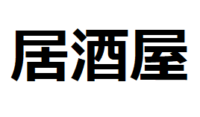
Firstly, 居(i) means stay.
Next, as you know, 酒 means Sake. But here, its pronunciation changes to Zaka. Because the sound of “Izakaya” suited the taste of Edo people who preferred brisk words and actions.
Lastly, 屋(ya) means shop.
To sum up, 居酒屋 means a place where you can buy Sake and stay long.
2) Kana
There are two phonograms (kana) in Japanese: 1) Hiragana and 2) Katakana.
According to the most supported theory, both of them were formed by adopting one element of a Kanji character with similar sounding.
Originally, Hiragana were only for women. But today, it has by far the wider usage.
Talking of 2) Katakana, we use it mainly for foreign origin words.
Incidentally, there are 46 characters in both Hiragana and Katakana systems.
As for Izakaya, Hiragana is いざかや and Katakana is イザカヤ.
